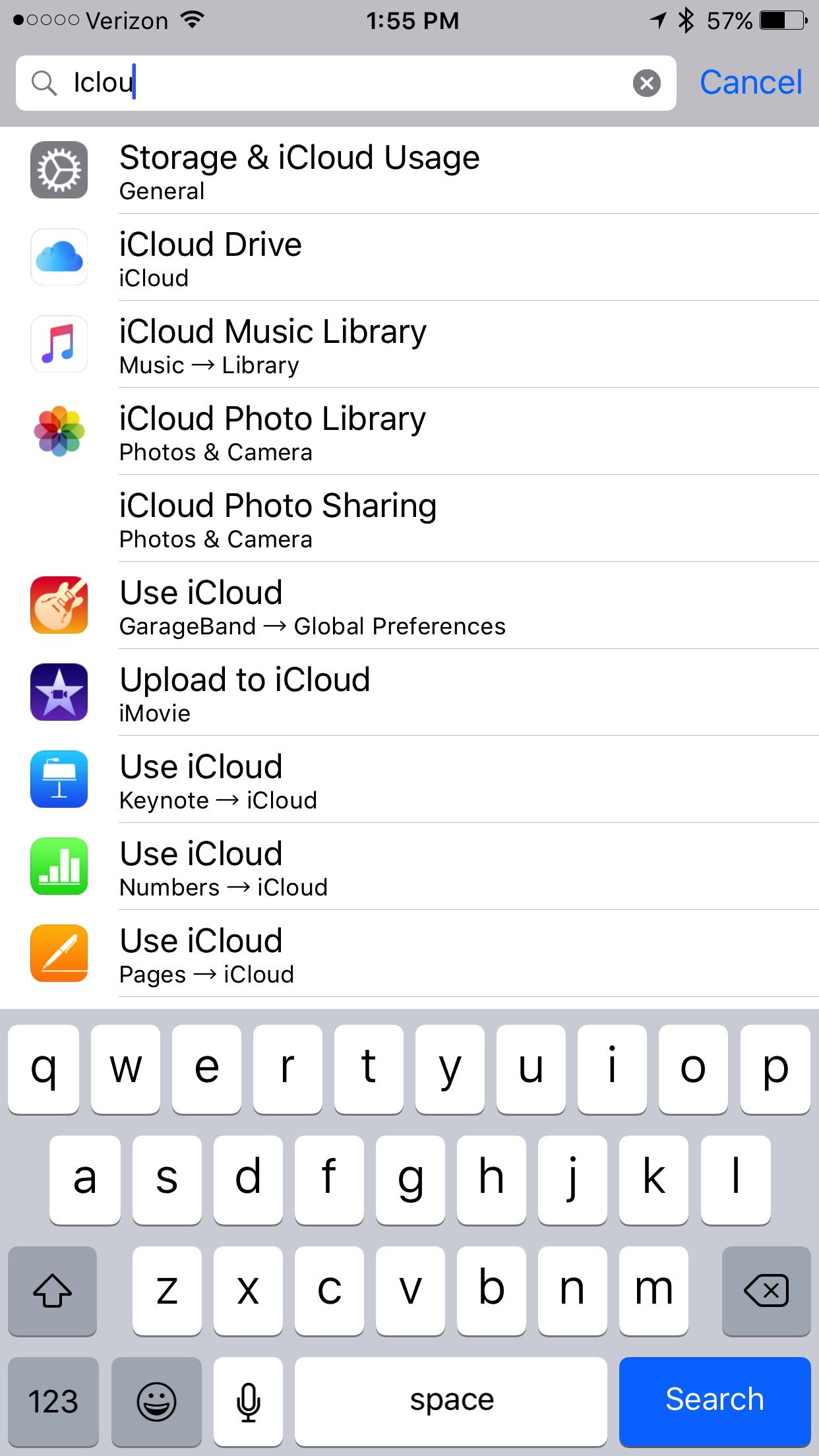

#No quick analysis button series
If you want to remove one, click the icon next to its name, or click Remove all series to remove them all and start over. You can add more time series by clicking Add series again, or performing a search and clicking the icon next to a resource metric in the list of search results.Įvery added series will be displayed at the top of the page. You can change the resolution or the time filter as explained in Interacting with charts and analysis data.Įxample of the quick analysis result page If data is available, a graph will be displayed above it, you will find the time filter selector.
#No quick analysis button driver

Clicking the icon next to a resource metric in the list of search results, after performing a search using the Search box for more information, see Searching for entities and metrics.Clicking the Quick analysis link found in the t ools and links bar of a domain's detail page, that is located at the top of the page.You can access the quick analysis tool in two ways:

We guarantee a connection within 30 seconds and a customized solution within 20 minutes.Quick analysis is not permanently stored by default, it is your choice to save them and thus transform them in a regular one. If you want to save hours of research and frustration, try our live Excelchat service! Our Excel Experts are available 24/7 to answer any Excel question you may have. Most of the time, the problem you will need to solve will be more complex than a simple application of a formula or function. To convert data to a Pivot Table, we can click on the Table icon and select Blank.įigure 13 – Insert Pivot Table Instant Connection to an Expert through our Excelchat Service In the Quick Analysis button, we have both the Table and PivotTable options. We can also use the Quick analysis tool to filter, sort or summarize our data.In the tutorial, we will click SUM to achieve this resultįigure 12 – Sum with Quick Analysis Tables.If we highlight the range we wish to highlight and click on Totals, we will see functions such as Sum, Count, Average and many more.įigure 11 – Insert Sum, Count, Average with Quick Analysis.Next, we will click on the kind of sparkline we want to add to our chartįigure 10 – Insert Sparklines with Quick Analysis Quick Analysis tool For Totals.To add sparklines to our data, we will simply select the Sparklines option.If we pick the first chart, we will have this resultįigure 8 – Insert Chart with Quick Analysis button Add Sparklines.We can click on the charts displayed in the Charts Tab or select More charts to check other chart options in the Insert Chart window.We will click Charts in the Quick Analysis toolįigure 6 – Using Charts in the Quick Analysis Tool Bar.We will highlight the cells we wish to analyze.Alternatively, we can use other options such as Icon Setsįigure 5 – Selecting Icon sets from the Formatting Tab Using the Excel Quick Analysis tool to add Chart.In the Formatting tab, we will select Colorįigure 4 – Selecting Color in the Formatting Tab.In the Quick Analysis toolbar, we will click on Formatting.If we don’t find the Quick Analysis tool at the bottom of the data, we can turn it on by pressing Ctrl + Qįigure 2 – Setting up data for Quick Analysis We will find the Quick Analysis tool at the bottom of the data.We will highlight the cells of data we want to analyze.
#No quick analysis button how to
In this tutorial, we will discover how to use the quick analysis tool to create and modify our charts.įigure 1 – Excel Quick Analysis tool Using the Quick Analysis Button for Conditional Formatting The Quick Analysis tool also features other options like Totals, Charts, Formatting, Tables, and Sparklines. We can use the Excel Quick Analysis tool to create different kinds of charts. How to use the Excel Quick Analysis Button – Excelchat


 0 kommentar(er)
0 kommentar(er)
